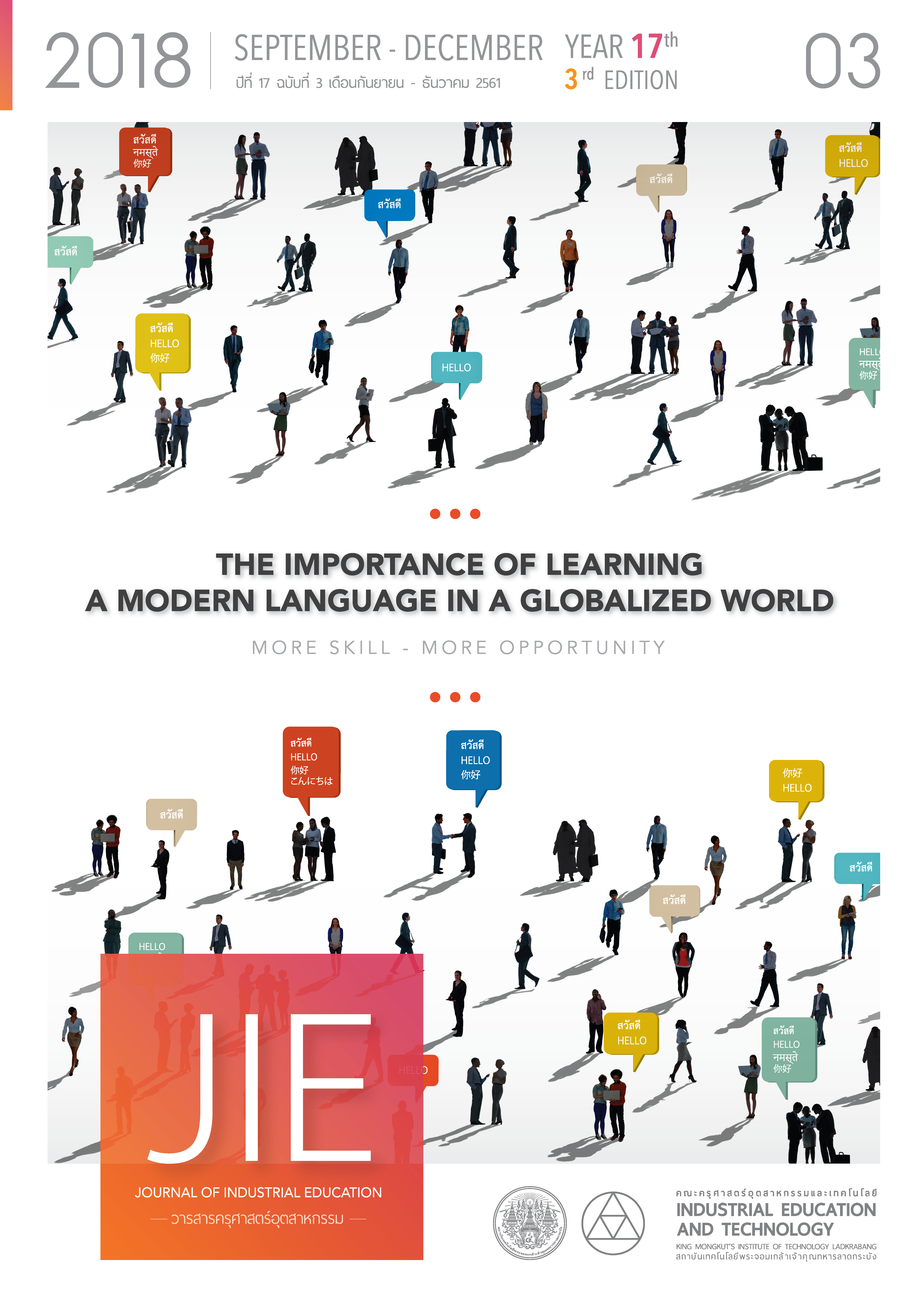DEVELOPMENT PROCESS TO IMPROVE PRODUCT OF THE LOCAL HANDICRAFTS COMMUNITY IN LAMPANG, USING THE PROFESSIONAL LEARNING COMMUNITY
Keywords:
Professional Learning Community Model, Community Product Development Process, Local Woven Fabric, Community IdentityAbstract
The purpose of this qualitative research was a primary education. The main objective was to study the improvement of the local handicrafts products quality in natural dye community in Lampang using the professional learning community model (PLC). The minor purposes were 1) to study components and attribution of the professional learning community model for product development in local handicrafts community and 2) to identity an identity of the local handicrafts products. The results found that the community structures were suitable in term of "community" more than "organization" and consistent to the professional learning community model. The minor attributes related to the main components illustrated that new minor attributes were considered as a community product development process including 5 steps of 1) Mission 2) Creativity 3) Development 4) Implementation and 5) Network or “MCDIN”. The MCDIN process has been applied to create community identity for product development which consisted of 4 identifications: 1) the fabric wale 2) Natural Dye 3) Logo brand and 4) Packaging for new products.
References
[2] Chookamnerd, W., Sungtong, E., Kerdtip, C. 2014. A model of a professional learning community of toward 21st century learning of schools in Thailand. Hatyai Journal. 12(2): 123-134.
[3] Panich, V. 2011. 21st Century Skills. Bangkok: Tathata Publication Co., Ltd. (In Thai)
[4] Senge, P. M. 1990. The Fifth Discipline: The Art and Practice of the Learning Organization. New York, NY: Doubleday.
[5] Chullasthira, Chanasda. 2017. Woven silk patterns for machine washing: A case study of Nong Bua Daeng natural dye weaving group. Journal of Industrial Education 16(1): p. 58-67.
[6] Pinyoanantapong, B. 2000. Learning Assessment and Recognition: Theory and Practical. Bangkok: Aksorn Charoenthat Co., Ltd. (In Thai)
[7] Pongpaew, T. 2005. Academic Resources Development Centre (ARDC). Mahasarakham: Mahasarakham University. (In Thai)
[8] Patton, M.Q. 1990. Qualitative Evaluation and Research Methods. Newbury Park, CA: Sage Publications.
[9] Charmaz, K. 2006. Constructing Grounded Theory: A Practical Guide through Qualitative Analysis. Thousand Oaks, CA: Sage Publications.
[10] Department of Business Development. (n.d.). Business Innovation. Business Innovation document, (n.p.). Ministry of Commerce, Thailand, p. 2-3.
[11] Dulyakasem, U., and Ngamwittayapong, A. 1997. Community Education: Conceptual Framework and Research Proposal. Bangkok: Plan Printing Co.Ltd.
[12] Vitoonsalidsilp, V. 2005. The Construction of Thai Middle-Class Identities: A Narrative Analysis of Travel Writings. Faculty of Journalism and Mass Communication, Thammasat University.
Downloads
Published
How to Cite
Issue
Section
License
"The opinions and contents including the words in papers are responsibility by the authors."
"ข้อคิดเห็น เนื้อหา รวมทั้งการใช้ภาษาในบทความถือเป็นความรับผิดชอบของผู้เขียน"



